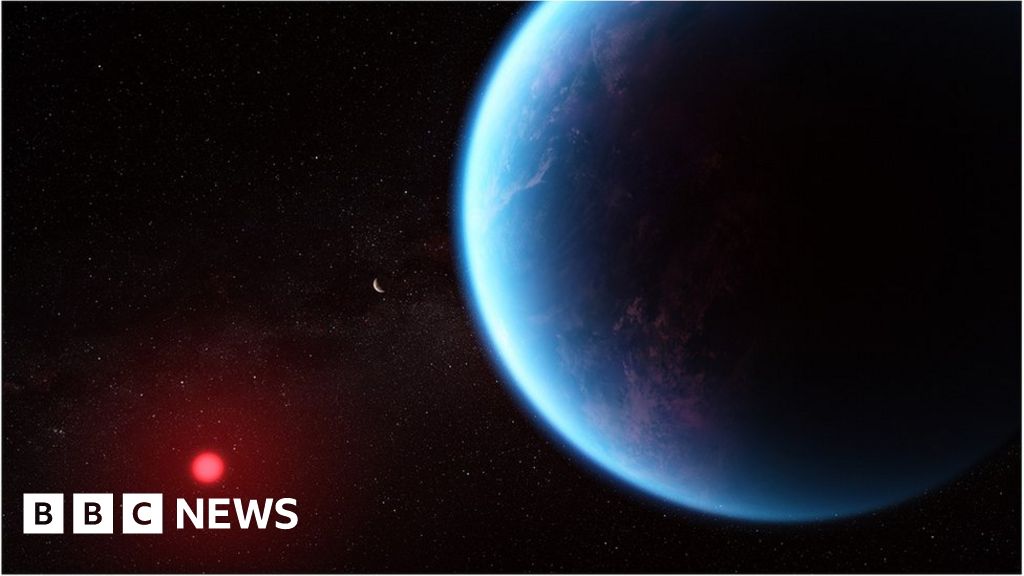- cross-posted to:
- [email protected]
- [email protected]
- [email protected]
- cross-posted to:
- [email protected]
- [email protected]
- [email protected]
This is very preliminary data, and we shouldn’t get overexcited about the possible implications of this discovery, but I think it’s fascinating.
You can’t tell me what to do. There’s far-away sky people, the news person told me so.
I know it’s very preliminary data but can’t help being a little excited! It’s so interesting!
Could just as easily be a new natural process for creating that molecule, though. 😮💨
I agree that, if the detection is accurate and correct, it could be produced through non-biological processes, but, on earth, the molecule in question is known to be produced solely by biological processes. So when you say “easily”, I must disagree.
Yep. Especially since this is an exotic kind of planet around a very different star. Then again, if abiogenesis is easy you’d expect this planet to have extensive microbial life. It’s a 2.5Gyr old system.
CHEKOV: We’ve picked up a minor energy flux reading on one dynoscanner.
TERRELL: Damn! Are you sure? Maybe the scanner’s out of adjustment.
In case anyone’s still looking, here’s the paper, I finally got around to looking at it.
They didn’t just find DMS, they found a buttload of DMS. Like, it’s the third strongest signature they detected after the methane and CO2. On Earth it’s measured in parts per trillion.
Here’s the guy’s previous modeling of the chemistry of such a planet, in case like me you’re wondering about the source of the details of the whole CO2/CO/CH4 situation.
🤖 I’m a bot that provides automatic summaries for articles:
Click here to see the summary
Nasa’s James Webb Space Telescope may have discovered tentative evidence of a sign of life on a faraway planet.
Prof Nikku Madhusudhan, of the University of Cambridge, who led the research, told BBC News that his entire team were ‘‘shocked’’ when they saw the results.
But they are treating the results with caution, noting that a claim made in 2020 about the presence of another molecule, called phosphine, that could be produced by living organisms in the clouds of Venus was disputed a year later.
Even so, Dr Robert Massey, who is independent of the research and deputy director of the Royal Astronomical Society in London, said he was excited by the results.
Nasa’s Hubble telescope had detected the presence of water vapour previously, which is why the planet, which has been named K2-18b, was one of the first to be investigated by the vastly more powerful JWST, but the possibility of an ocean is a big step forward.
This means that these ‘sub-Neptunes’ are poorly understood, as is the nature their atmospheres, according to Dr Subhajit Sarkar of Cardiff University, who is another member of the analysis team.
Saved 75% of original text.
Read the article the bot missed the key point…
It may have detected a molecule called dimethyl sulphide (DMS). On Earth, at least, this is only produced by life.
Thanks for responding with the most important tidbit on the article. Bot needs to do a better summary.





